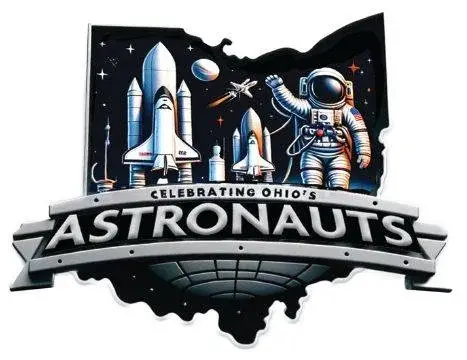
Ronald Parise
By William D.Hinsch
Ronald Parise
Dr. Ronald Parise’s story is a compelling tale of a boy who gazed at the stars and grew up to explore them. Born on September 19, 1957, in Lowell, Massachusetts, Parise’s childhood curiosity about the universe fueled a lifelong passion for astronomy and spaceflight. His journey from an amateur astronomer in the Mahoning Valley Astronomical Society to a mission specialist aboard the Space Shuttle is a testament to the power of curiosity and dedication.
Parise’s academic path was as stellar as his career. After graduating from Western Reserve High School in 1969, he pursued a Bachelor of Science in Physics from Youngstown State University and later achieved his Master of Science and Doctor of Philosophy in Astronomy from the University of Florida. Despite initial setbacks in becoming an astronaut, Parise’s unwavering determination led him to work for Operations Research Inc., the Computer Sciences Corporation, and ultimately to NASA, where he contributed to the design and build of electric controls for telescopes, many of which would be part of NASA payloads.
Selected by NASA in 1984, Parise became part of the elite group of astronomers trained as astronauts, embarking on his first space mission in 1990 aboard the Space Shuttle Columbia for the Astro-1 Spacelab mission. Despite technical challenges and delays, the mission provided valuable observations of the celestial sphere, contributing significantly to our understanding of the universe. Parise’s work with the UIT’s electronic system and flight hardware was pivotal in the mission’s success.

